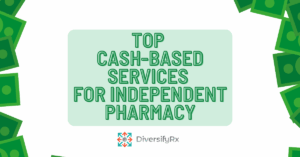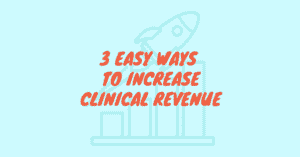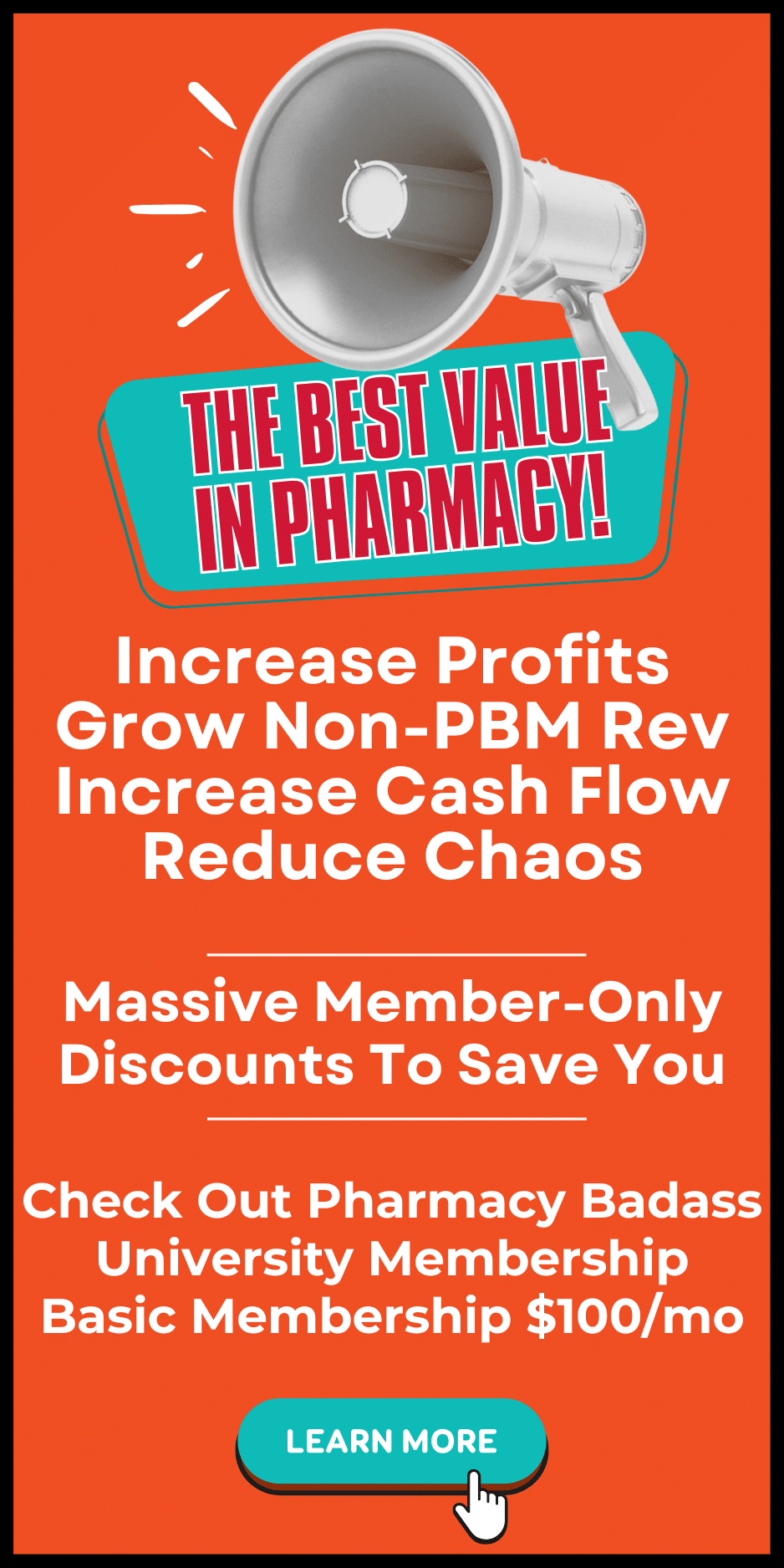Can You Significantly Boost Your Pharmacy’s Cash Flow in Just 90 Days?
As the new quarter begins, it’s time to reflect on your pharmacy’s performance in the previous quarter. Were your plans and ideas overshadowed by the daily grind of managing your independent pharmacy? Many pharmacy owners find themselves dissatisfied with their progress in the last quarter. It’s time to change that narrative and start kicking ass today! Let’s focus on improving your pharmacy’s cash flow.
You have the power to make a substantial impact on your pharmacy’s cash flow by focusing on three key performance indicators (KPIs). These KPIs serve as the building blocks for a thriving independent pharmacy. Neglecting them can leave you feeling like a hamster on a wheel, working tirelessly without achieving your financial goals.
Tracking, measuring, monitoring, and reporting on your pharmacy’s metrics are crucial steps in the journey to better cash flow. KPIs provide insights into both strategic and operational aspects of your business, enabling informed decision-making.
To leverage your pharmacy’s numbers to the fullest, calculate your KPIs and compare them against industry benchmarks.
For added motivation and accountability, consider sharing your goals with your staff, peers, fellow owners, or trusted mentors. Employee actions can significantly impact your success in enhancing your KPIs, making internal communication essential.
Implementing a systematic approach to KPIs is essential. While there are over 100 pharmacy KPIs available, it’s more practical to focus on a select few.
Here are the three primary KPIs that can transform your cash flow:
Payroll Ratio
To Calculate: Total Payroll Costs ÷ Total Revenue for the same period = Payroll Ratio (multiply by 100 to get a percentage)
Benchmark: Red > 14%, Yellow 13-14%, Green <13%, Badass <11%
Your pharmacy requires staff to operate smoothly, but excessively high payroll expenses can strain your cash flow. These expenses encompass salaries, bonuses, taxes, benefits, and insurance for all revenue-generating employees. Whether the owner’s compensation should be included depends on various factors. If the owner plays an active role in dispensing medications, it should be included. However, if the owner’s compensation deviates significantly from market rates, adjustments may be necessary. Seek professional guidance to calculate this KPI accurately.
To improve your payroll ratio, you can reduce payroll expenses by making strategic decisions like optimizing schedules, hiring interns instead of more pharmacists, or adjusting pay. Alternatively, focus on boosting revenues through the sale of profitable supplements and services. In cases where reducing hours becomes necessary, consider distributing the impact evenly among employees. It can be significantly less impactful on a personal level for your employees if they each give up 1 hour a week instead of someone getting half their hours taken away.
Inventory Turns
To Calculate: Inventory Turns = Annualized Cost of Goods Sold (COGS) ÷ Current Inventory Value
Benchmark: Red <16, Yellow <20, Green >20, Badass >24
High inventory levels will suck your cash flow dry. To maintain a healthy cash flow, your pharmacy’s inventory turns should be above 20. Some of the best-performing pharmacies achieve turnover rates in the mid-20s to 30s. If your inventory turns are below 20, consider refining your inventory management strategies. Implement inventory cleanups, return expired items, and ensure daily orders remain below daily COGS to prevent inventory bloat.
Expense Ratio
To Calculate: Operating Expense Ratio = Total Operating Expenses ÷ Total Revenues
Benchmark: Red >20%, Yellow 19-20% Green < 19%, Badass <18%
Your pharmacy’s expense ratio assesses the efficiency of your operations by examining expenses in relation to revenue. Lower operating expenses can lead to higher profits and improved cash flow. These expenses encompass everything from utilities and rent to payroll, marketing, legal fees, and more. With today’s challenges, such as DIR fees and lower reimbursements, an ideal expense ratio is less than 19%. Keeping a close eye on expenses and regularly reviewing profit and loss statements with your accountant can help you control costs and enhance your pharmacy’s cash flow.
To streamline the tracking and measurement of these KPIs, consider using a KPI worksheet that compiles and calculates your pharmacy’s key metrics. Download our free KPI file. This tool can remove guesswork and provide a clear overview of your financial performance.
By focusing on these three critical KPIs and implementing data-driven strategies, independent pharmacy owners can significantly improve their cash flow over the next quarter and beyond.
If you are ready for a high-performing pharmacy and want to love pharmacy ownership again, we invite you to join Pharmacy Badass University. We help hundreds of pharmacy owners to improve their cash flow through a step-by-step process. No wasted time or guesswork.



















